1. 24% of consumers eat the same breakfast every day – cereal is the most common choice
2. Cereal has stabilised, recovering from -8.2% volume decline this time last year
3. Health remains top of mind for breakfast
4. In bakery, waffles may be the trend to watch in 2025
5. Yoghurts are outperforming total convenience (+12% vs +8%)
6. Connecting categories is the secret recipe to win at breakfast
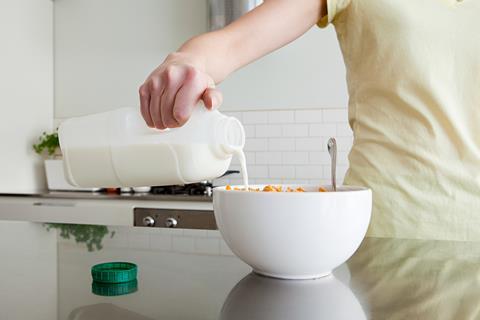
1. 24% of consumers eat the same breakfast every day – cereal is the most common choice
There are few mealtimes that present heartier opportunities for retailers than breakfast. A habit observed by nearly every person that comes to your store, Kantar reveals 97% of consumers have breakfast and it is the meal occasion they are least likely to skip.
But just because your shoppers aren’t skipping it, that doesn’t mean that the morning meal isn’t under the same time pressure as the rest of their busy lives are. According to research from Kellogg’s, nearly one in two consumers (47%) spend just 10 minutes on the morning meal. Meanwhile, four in 10 shoppers grab breakfast on the go. This area is a particularly great opportunity for retailers, especially those with a transient or commuter shopper base.
If you want to truly maximise the breakfast opportunity, then becoming part of your customers’ daily habits is key. Twenty-four per cent of consumers eat the same breakfast every day – with cereal the top choice, so ensuring that you always have their favourites in stock is a great way to become a destination for breakfast foods.
“Customers are buying branded cereal more than anything, but this could be due to the fact they’re price-marked. The only exception is Weetabix,” says retailer Amy Sohal of Premier – Ken’s Convenience Store in Cheshire.
“Our biggest seller right now is the multipacks of smaller boxes of cereal, as they enable shoppers to try more options, without the price tag.”
“We also stock Nestle’s KitKat cereal and it sells surprisingly well. Its normal RRP is £3.50, but we’ve currently got it on offer at £2.50, which helps drive trial. These sorts of products might seem an odd combination, but they bring innovation to the cereal category.”
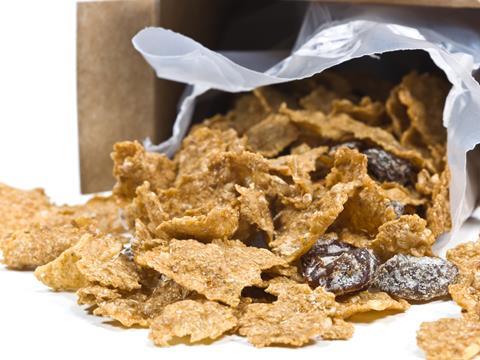
2. Cereal has stabilised, recovering from -8.2% volume decline this time last year
Despite being the top choice for consumers, cereal has not had the easiest ride in recent years. Cereal prices rose dramatically following the coronavirus pandemic and in the wake of the start of the Russia-Ukraine War. More recently, however, this has begun to reverse. According to government figures, the annual price index for cereals decreased by 19% in 2023 vs 2022, with prices continuing to stabilise throughout last year.
This was reflected in sales data too. The cereals market started last year in -8.2% volume decline, but by the summer that had slowed to -1.7%.
Retailers are seeing first-hand the need to offer value and keep ranges fresh to ensure customers come back.
“Cereal is generally promotion-driven right now and everything is price-marked. We stock only branded options that include the brand leaders of Coco Pops, Weetabix, etc,” says Kevin Polley of Kash Retail in Ripon, North Yorkshire. “We do quite a lot with Nestlé and Kellogg’s with regards to range development, which helps keep our range fresh for our customers.”
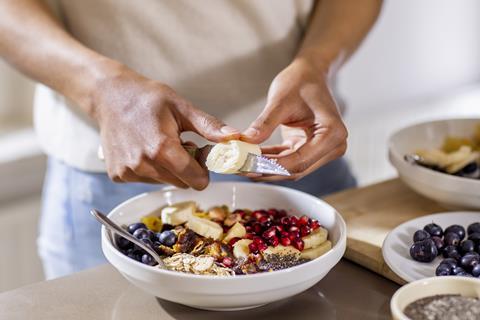
3. Health remains top of mind for breakfast
Scott Bayliss, head of sales for Weetabix, says: “Weetabix Crispy Minis has become the fastest-growing brand within the top 10 tasty cereal category, with a +15% increase in value sales year on year. Non-HFSS compliant and featuring no ‘red traffic lights’ on the packaging, it makes for a fun yet healthy breakfast cereal that can be enjoyed by all ages.”
While 45% of consumers have ‘being able to eat healthily’ on their mind generally, around 55% and 47% specifically point to concerns about the level of sugar and salt in their foods.
A third of adults believe their breakfast is their healthiest meal of the day – indicating an opportunity for retailers to appeal to these shoppers with healthier lines.
Kellogg’s has kicked off 2025 by launching a new non-HFSS flavour to its Coco Pops Chocos range – Caramel. Lejla Damon, shopper marketing & kids brand manager for Kellogg’s, says: “We’re excited to be expanding our kids’ cereal line-up with this delicious Coco Pops Chocos addition. It’s high in fibre, a delicious blend of chocolatey caramel flavour, and wonderfully crunchy. One for the whole family to enjoy.”
It’s not just about offering those green nutritional traffic lights, however. Shoppers are looking for functional benefits at breakfast, so consider stocking products that are trusted to offer a protein punch, have a focus on fibre, or even go big on gut health.
“Functional claims, such as high protein, have strong links with health in consumers’ minds, but it is important that products also offer additional nutritional benefits, such as high fibre and low sugar –Weetabix Protein delivers on all counts,” says Weetabix’s Scott Bayliss.
The pressure to slim down isn’t confined to the breakfast aisle. Even breakfast accompaniments are under the microscope. Syrup brand Sweet Freedom is claiming that Britons could save 199 million calories this Pancake Day by using its light syrup over competitors. A recent survey by the brand has revealed that 76% of people have syrup in their kitchen cupboards, yet many are looking for healthier and more exciting options to enjoy it more often.
When asked what would make them reach for syrup more frequently, the top responses were fewer calories/less sugar (34%) and the availability of new, interesting flavours (22%).

4. In bakery, waffles may be the trend to watch in 2025
Of course, the breakfast category is much broader than cereals alone and suppliers and retailers have seen huge growth in this category as brits increasingly opt for more continental choices at breakfast. Delice de France has seen this growth in its range, with sales of sweet bakery and viennoiserie growing at +14% and +15% respectively, indicating the pace of this lucrative shopper trend.
In fact, according to Warburtons, the bakery category has grown by more than 20% since 2020, due to breakfast favourites such as crumpets, thin bagels, and pancakes.
Warburtons has now introduced Belgian Waffles off the back of an upward trend in waffle and dessert shops on the high street, which has boosted their popularity – with 50 million units sold in the past 12 months and nearly one in five (18%) households now enjoying waffles at home.
Warburtons remains the number one thin bagel brand in the UK – now with a 74% market share. The brand is launching Sesame Thin Bagels – the second most popular bagel flavour – which will join its Original, Cinnamon & Raisin and Protein Thin Bagel in its range.
“Consumers are always looking for new ways to switch up their mealtimes so providing them with new, exciting products is really important,” says Jonathan Warburton, chairman of Warburtons.
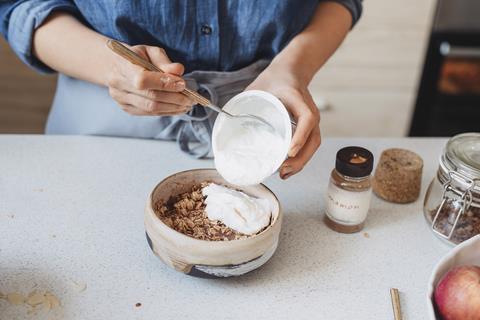
5. Yoghurts are outperforming total convenience (+12% vs +8%)
From overnight oats to on-the-go yoghurt pouches, there’s no doubt that yoghurts are growing in importance at breakfast time, particularly among millennial and gen z shoppers. Yoghurt growth is being driven by natural and functional health products, with kefir, natural and protein the top three fastest growing sub-categories.
The trend is being accelerated by an increasing number of consumers being conscious of their gut health, with 84% of consumers now actively managing it – or recognising the need to.
“This has led to a stellar year for Biotiful Gut Health – the fastest-growing brand within yoghurts, and now the eight largest brand in yoghurts overall,” says Marc Burns, out of home controller at Biotiful.
“We believe the trend towards functional health will continue, with products that offer clean, natural protein predicted to grow strongly. By stocking up on Biotiful’s range, convenience retailers can offer their shoppers a wide range of breakfast options that are both healthy and tasty.”
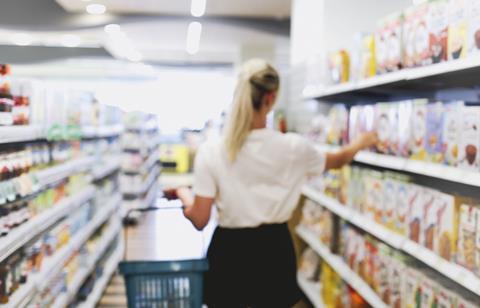
6. Connecting categories is the secret recipe to win at breakfast
Once you have identified the core and on-trend products you need to meet your shoppers’ breakfast habits, the next step is to bring them all together in a credible range in store that is easy and enjoyable to shop.
“All of our cereal is merchandised around tea, coffee, bakery and spreads. We’ve built a breakfast solution in this area – it’s all connected. Shoppers will also buy milk if they buy cereal,” says Amy Sohal.
That doesn’t mean that you must run cross-promotions to drive purchase. Even just stocking complementary products near each other can be enough to drive sales.
“Cereal can be merchandised pretty much anywhere, but for us, it’s in the middle of the store. We don’t do linked deals and find there’s no real correlation among customers with linked purchases. This is likely because the category is so promotion-driven,” says Kevin Polley.
By stocking bestselling brands, ensuring that you are communicating good value and stocking them in a way that makes the shopping experience straightforward, retailers can help their shoppers get their days off to a great start – and drive their sales and profits while doing so.


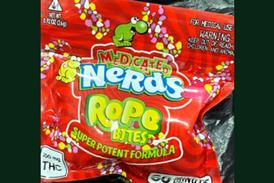

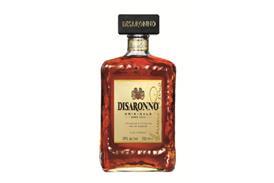


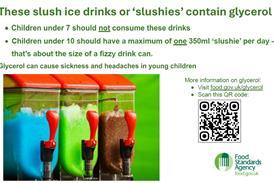
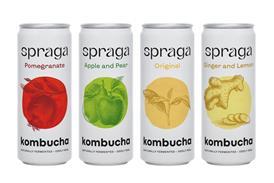
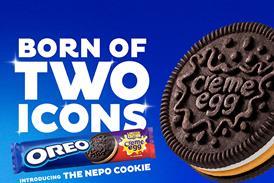
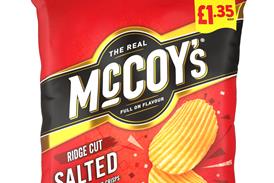
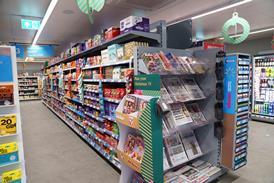
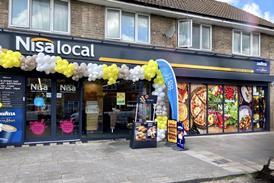
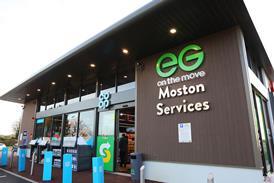


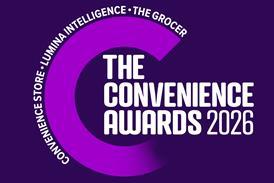
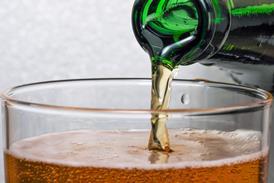
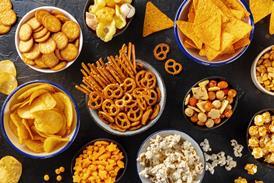
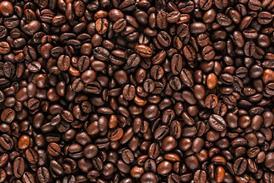
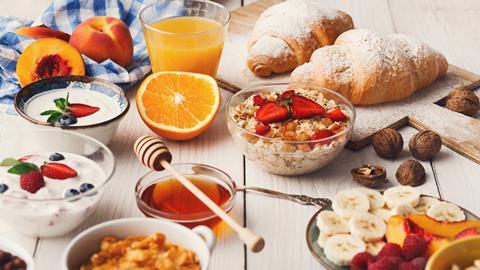
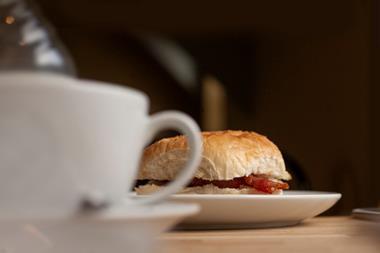
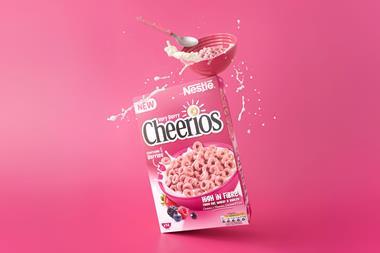

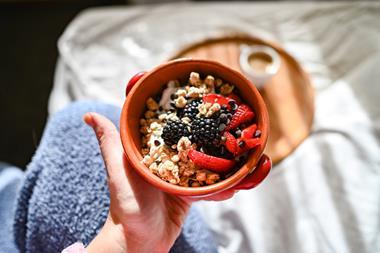
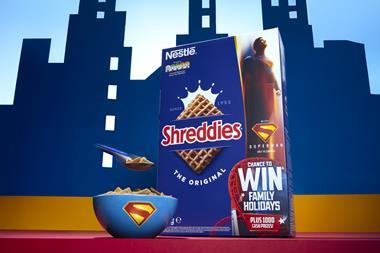


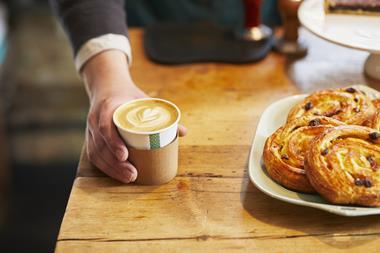
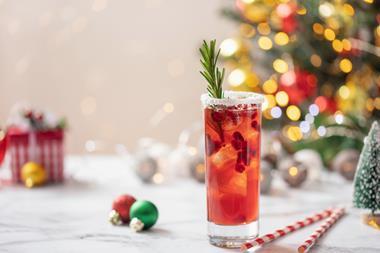



No comments yet